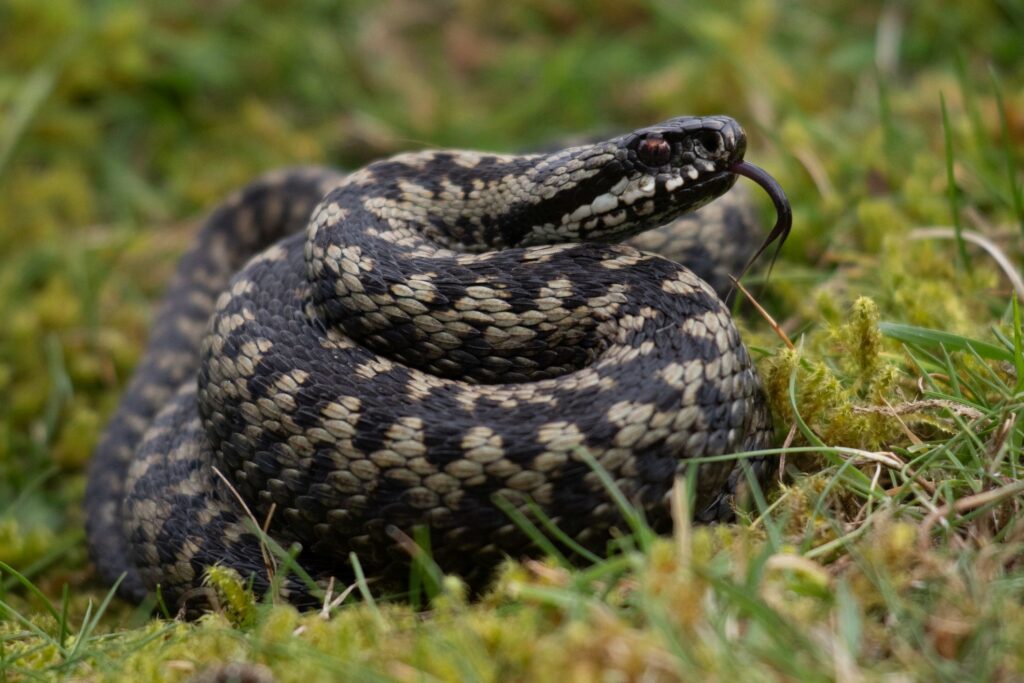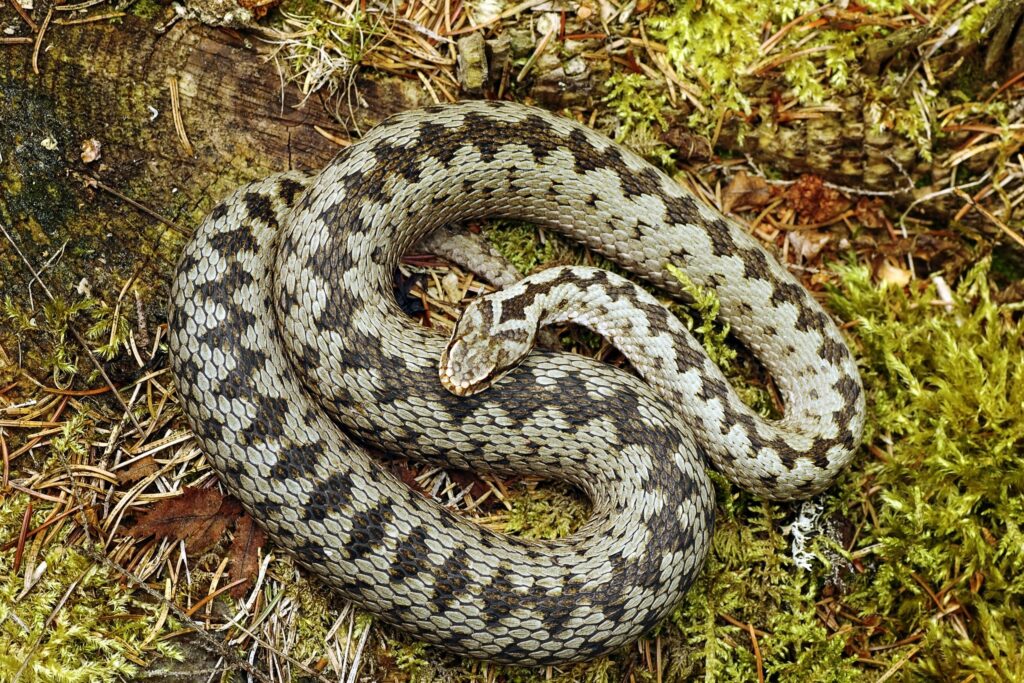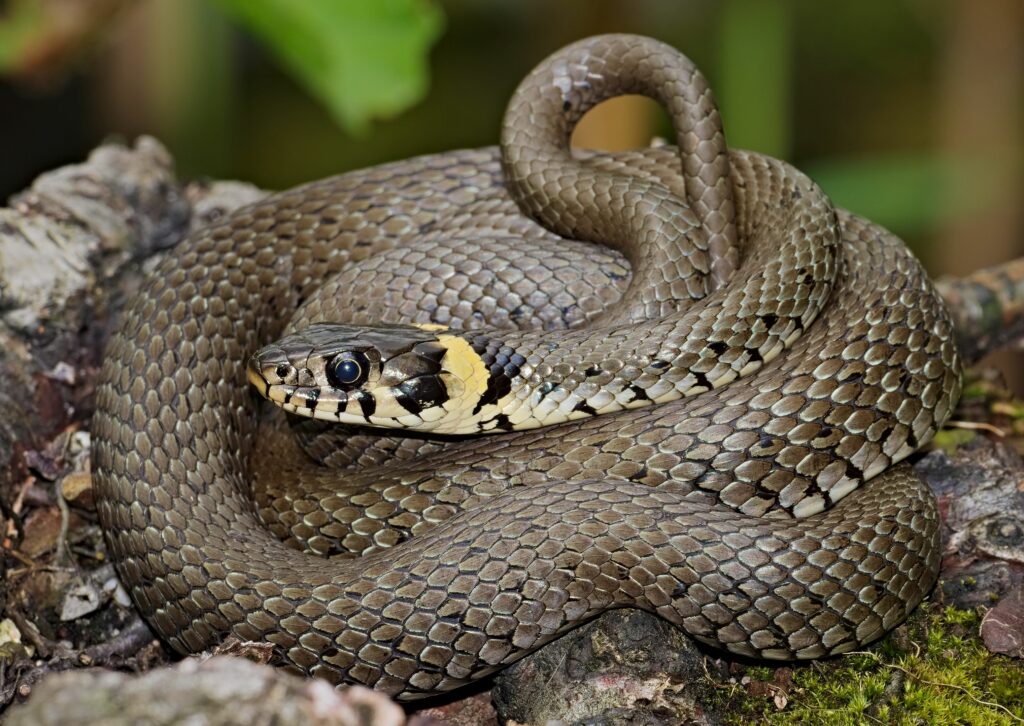The Adder, scientifically known as Vipera berus, is a venomous snake species that can be found in a variety of habitats across Europe. With its distinct markings, venomous bite, and unique behaviours, the Adder has captivated the attention of researchers and snake enthusiasts alike. This article delves into the fascinating world of Adders, exploring their habitats, venom, markings, declines, mating behaviours, and more.
Habitats and Distribution
Adders have a wide range throughout Europe, inhabiting diverse environments ranging from coastal dunes to rocky hillsides and sunny glades. They are well adapted to both open areas and woodland regions, showcasing their versatility in different terrains. Adders can be found in a variety of habitats, including grasslands, heaths, moorlands, meadows, forests, and even stone quarries along the coastline. This adaptability to various environments is one of the reasons for their widespread distribution across Europe.
In northern regions, Adders are commonly found in open habitats such as heathlands and moorlands, whereas in central and southern Europe, they occur in a wider variety of habitats, including forests and meadows. They are known to thrive in areas with a mixture of vegetation cover, providing both sunlit basking spots and suitable hiding places.
Physical Characteristics and Markings
Adders possess several distinguishing physical characteristics that help differentiate them from other snake species. They typically have a dorsal pattern consisting of dark-brown markings with a black zigzag pattern running along the length of their bodies. This unique colour pattern serves as a form of camouflage, allowing Adders to blend seamlessly into their surroundings. However, the colouration and markings may vary slightly depending on the region and subspecies. Some Adders may have a more pronounced zigzag pattern, while others may exhibit more intricate brown markings.
In addition to their colouration, Adders have other physical features that aid in their identification. They have ventral scales on their underside, which can be used to distinguish individual snakes. These scales are often counted to determine the age and sex of Adders. Furthermore, Adders have nasal scales, rostral scales (located at the tip of the snout), and keeled scales (with a ridge-like appearance), which are important anatomical features used in their classification and taxonomy.

Venom and Venomous Bite
One of the most notable features of Adders is their venomous bite. They possess a functional venom apparatus that allows them to inject venom into their prey or potential threats. The venom yield of Adders varies among individuals, but it generally consists of a mix of proteins and enzymes that serve to immobilize and digest their prey. The venom also contains toxins that can affect the cardiovascular and nervous systems of animals that have been bitten.
While Adder bites can be venomous and potentially dangerous, it is important to note that fatalities resulting from Adder bites are rare. Most bites occur when humans accidentally step on or disturb Adders, and the snakes bite in self-defence. Nevertheless, it is essential to exercise caution and seek medical attention if bitten by an Adder, as some individuals may experience severe allergic reactions or complications.
Mating Behaviours
Adders exhibit fascinating mating behaviours, especially during the autumn mating season. Male Adders engage in a courtship ritual known as the “adder dance” to attract females and establish dominance over other males. This dance involves intricate movements, with males intertwining and wrestling with each other. The adder dance is a competition for access to females, and the most dominant male ultimately mates with receptive females.
After successful courtship, female Adders store sperm internally and undergo a period of delayed fertilization. The actual fertilization and development of embryos occur the following spring, leading to the birth of live young. Adders are viviparous, meaning they give birth to live offspring instead of laying eggs. The number of offspring produced by females can vary, ranging from a few to more than 20, depending on factors such as the female’s size, age, and overall health.

Declines and Conservation Efforts
Adder populations have experienced extensive declines in recent years, primarily due to habitat fragmentation and poor habitat management. Reduction in habitat availability and quality has negatively impacted Adder populations across their range. Habitat fragmentation, caused by human activities such as urbanization, agriculture, and infrastructure development, results in isolated and smaller populations, which are more vulnerable to extinction.
Conservation efforts are essential for the long-term survival of Adders. Many countries within the Adder’s distribution range have recognized the need for protection and have listed the species as protected or endangered. Conservation initiatives include habitat restoration, creation of nature reserves, and public education to raise awareness about the importance of preserving Adder habitats and conserving biodiversity. These efforts aim to mitigate the impacts of habitat loss and fragmentation and provide suitable conditions for Adders to thrive.
Adders and Similar Species
Adders are often confused with other snake species, such as the Grass Snake (Natrix natrix) and the Smooth Snake (Coronella austriaca). While these snakes share some similarities, there are distinguishing features that set them apart. Adders have a distinct dorsal pattern with dark-brown markings and a black zigzag pattern, whereas Grass Snakes have a greenish colouration with a yellow collar behind their heads. Smooth Snakes, on the other hand, have a uniform colouration without any distinct markings.
Understanding these differences is important not only for accurate species identification but also for appreciating the unique characteristics and ecological roles of each species. Each snake species plays a specific role within its respective ecosystem, and their conservation is crucial for maintaining the balance of nature.

Conclusion
The Adder, or Vipera berus, is a venomous snake species that thrives in a wide range of habitats across Europe. Recognizable by their distinct markings and venomous bite, Adders are a captivating and important part of our natural ecosystems. However, their populations have experienced significant declines due to habitat loss and fragmentation. Conservation efforts, including habitat preservation, restoration, and public education, are crucial to ensure the long-term survival of this remarkable species. By understanding and appreciating the unique characteristics and behaviours of Adders, we can foster a greater respect and appreciation for the natural world around us. Through collective efforts, we can strive to protect and conserve the Adder and other wildlife species, ensuring a harmonious coexistence between humans and nature.
Sam loves to learn about animals and their habitats. He has been a nature lover from a very young age, and has been writing papers and articles about wildlife for as long as he can remember.
